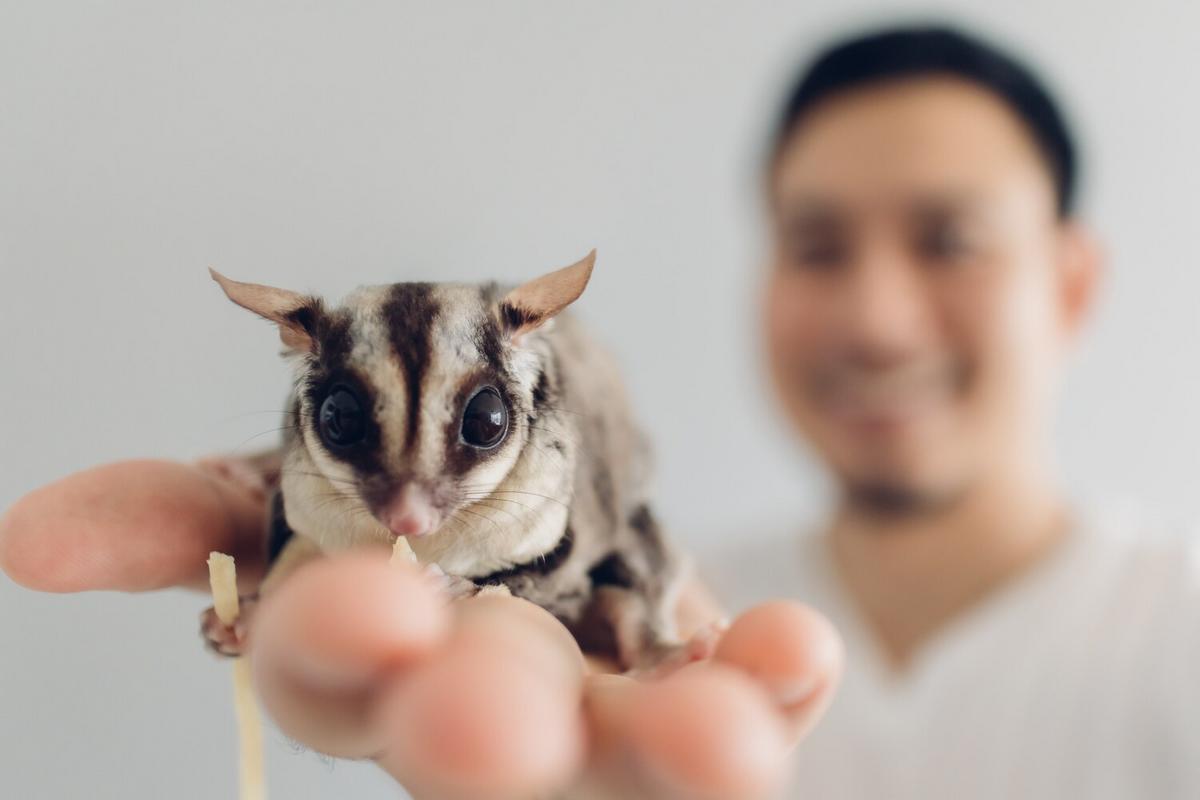
The Influence of Social Media on Wildlife Conservation
As the digital age unfolds, social media platforms have emerged as powerful tools influencing various aspects of our lives, including the realm of wildlife conservation.
Social media’s role in wildlife conservation is multifaceted and impactful. By leveraging platforms that connect millions, conservationists can now reach a wider audience, raising awareness and driving action to protect endangered species.
Social Media’s Role in Conservation
The power of social media lies in its ability to disseminate information rapidly. Organizations use platforms such as Facebook, Instagram, and Twitter to share updates on conservation efforts, engage with audiences, and mobilize resources. This instant communication can lead to heightened awareness and immediate action.
Expert Insights
Dr. Jane Goodall, a renowned primatologist, emphasizes, “Social media has the power to galvanize people, especially the younger generation, to take action for wildlife conservation.” Her words highlight the crucial role these platforms play in engaging a diverse audience.
Research Findings
Studies reveal that campaigns run on social media can increase public engagement by up to 30% compared to traditional media. This statistic underscores the necessity for conservationists to integrate social media strategies into their efforts.
Personal Experiences
Consider the story of David, a wildlife photographer who shares his journey through the savannas of Africa on Instagram. His captivating images and stories not only evoke emotional responses but also inspire followers to contribute to conservation causes.
Actionable Tips for Conservationists
- Engage with your audience by sharing authentic stories.
- Use hashtags strategically to increase visibility.
- Collaborate with influencers who share your conservation goals.
- Monitor analytics to understand what content resonates with your audience.
Impact Through Numbers
| Platform | Users (in millions) | Engagement Rate |
|---|---|---|
| 2,800 | 2.5% | |
| 1,000 | 4.21% | |
| 330 | 0.77% | |
| YouTube | 2,300 | 2.5% |
| TikTok | 689 | 17.96% |
| 310 | 0.54% | |
| 459 | 2.7% | |
| Snapchat | 500 | 4.2% |
FAQ
How can social media help in wildlife conservation?
Social media can raise awareness, engage a global audience, and mobilize resources quickly, making it an invaluable tool for conservation efforts.
Which social media platform is most effective for conservation efforts?
It depends on the target audience and content type. Instagram is excellent for visual storytelling, while Facebook is effective for community building.
Can social media campaigns lead to real change?
Yes, many campaigns have successfully led to policy changes and increased funding for conservation projects.
Conclusion
In conclusion, social media’s influence on wildlife conservation is undeniable. By fostering engagement, spreading awareness, and encouraging action, these platforms serve as crucial allies in the fight to protect our planet’s biodiversity. As users, we can contribute by sharing, supporting, and advocating for these efforts, ensuring that our digital presence translates into tangible conservation impacts.


